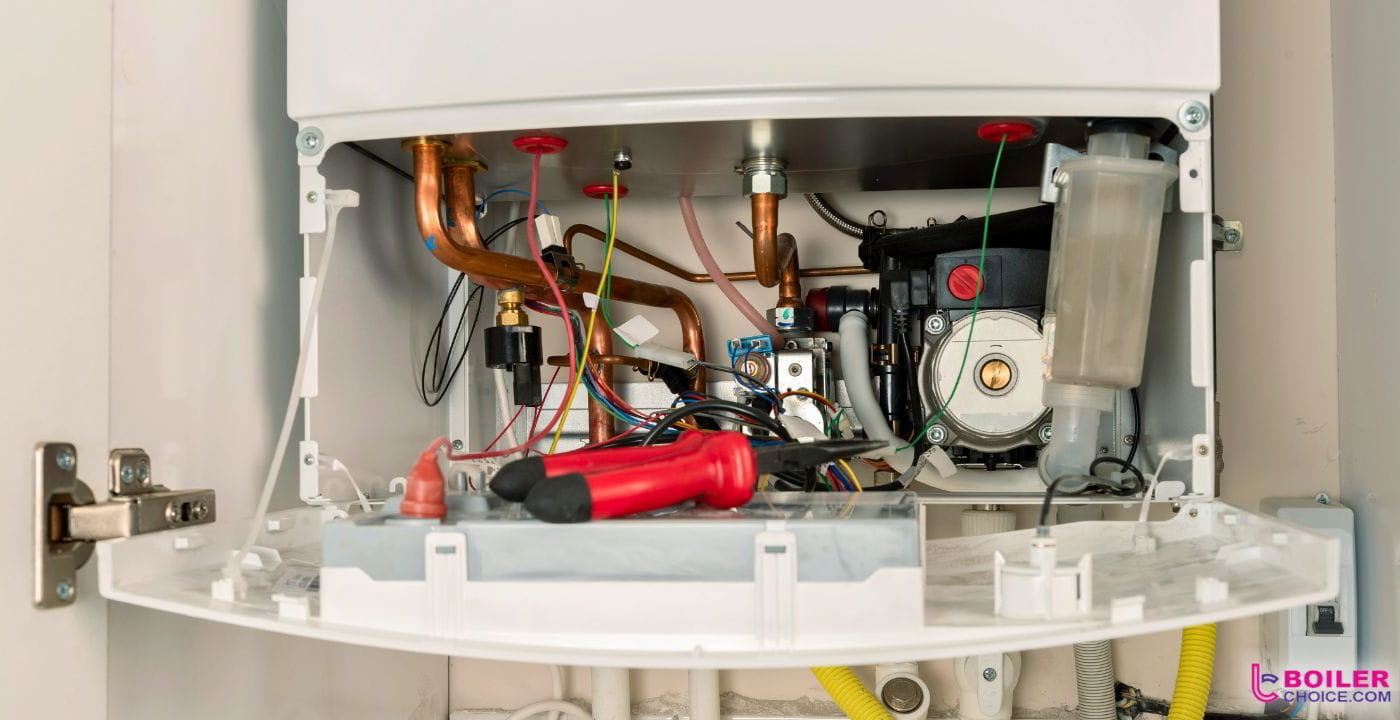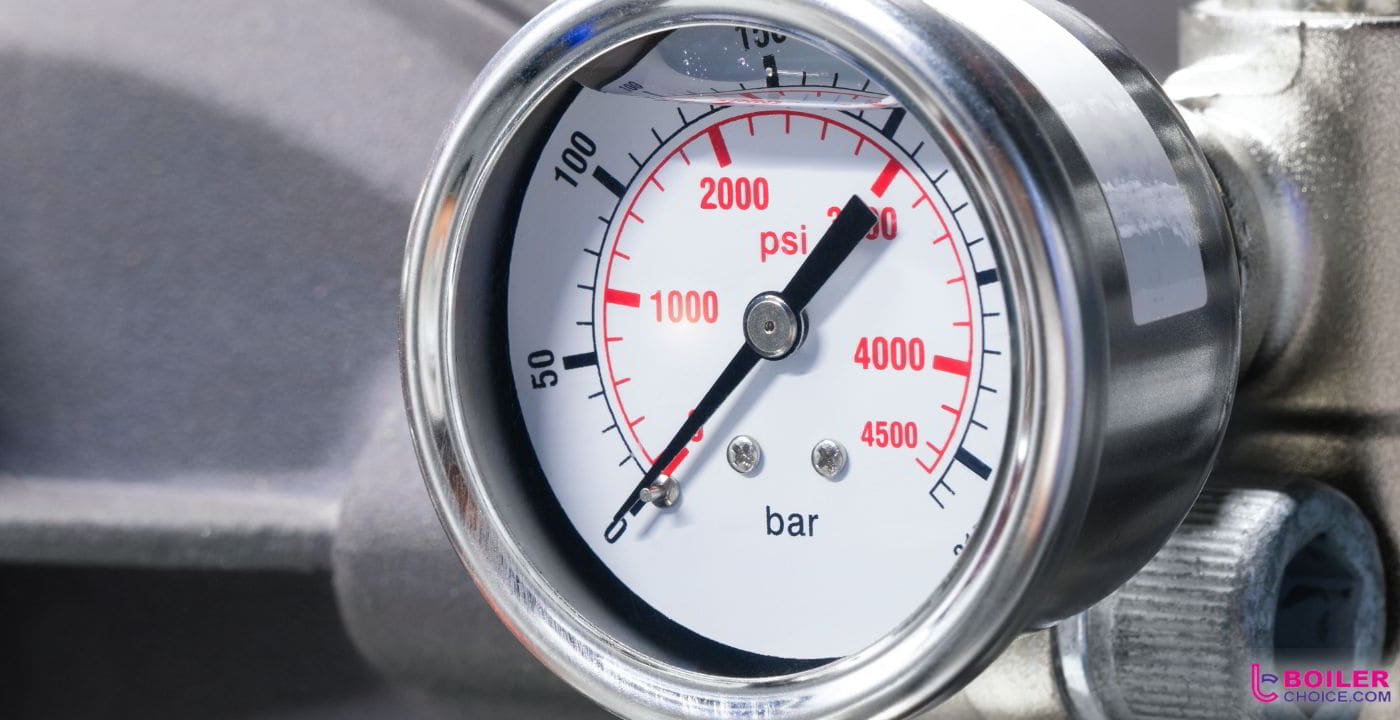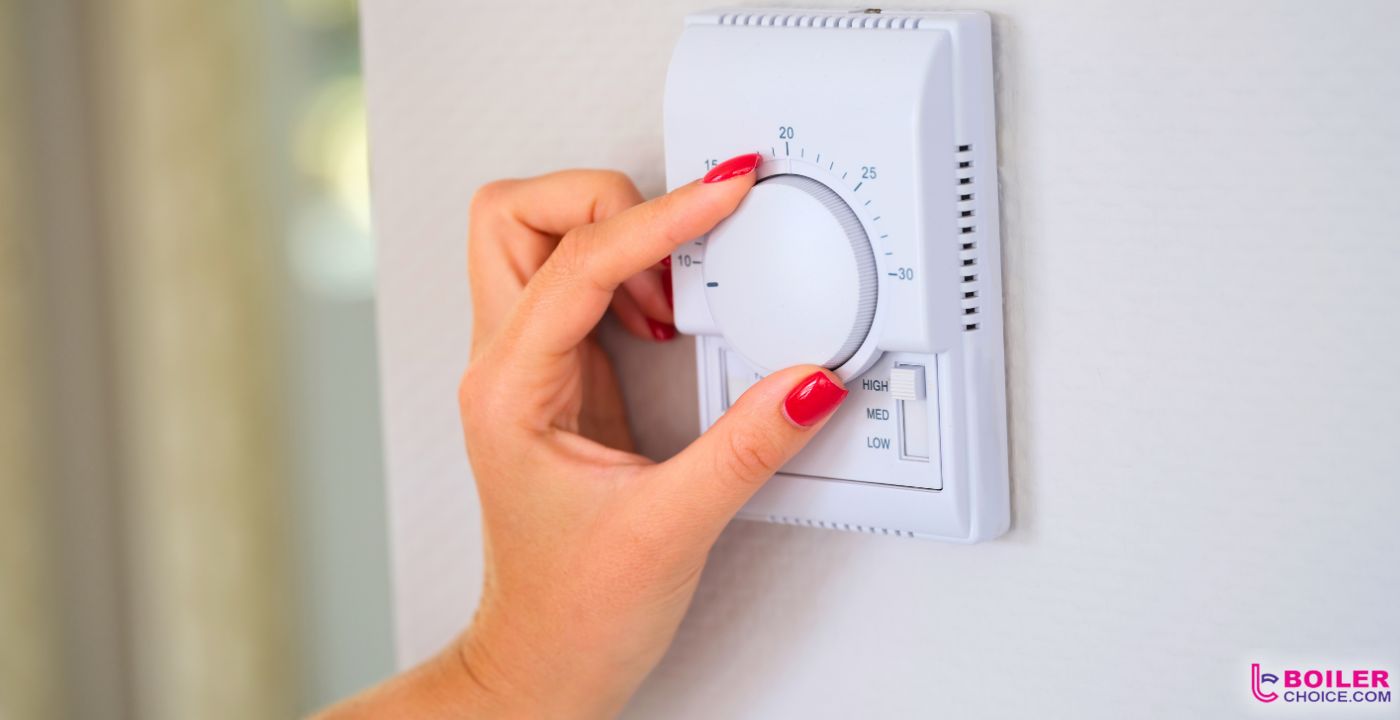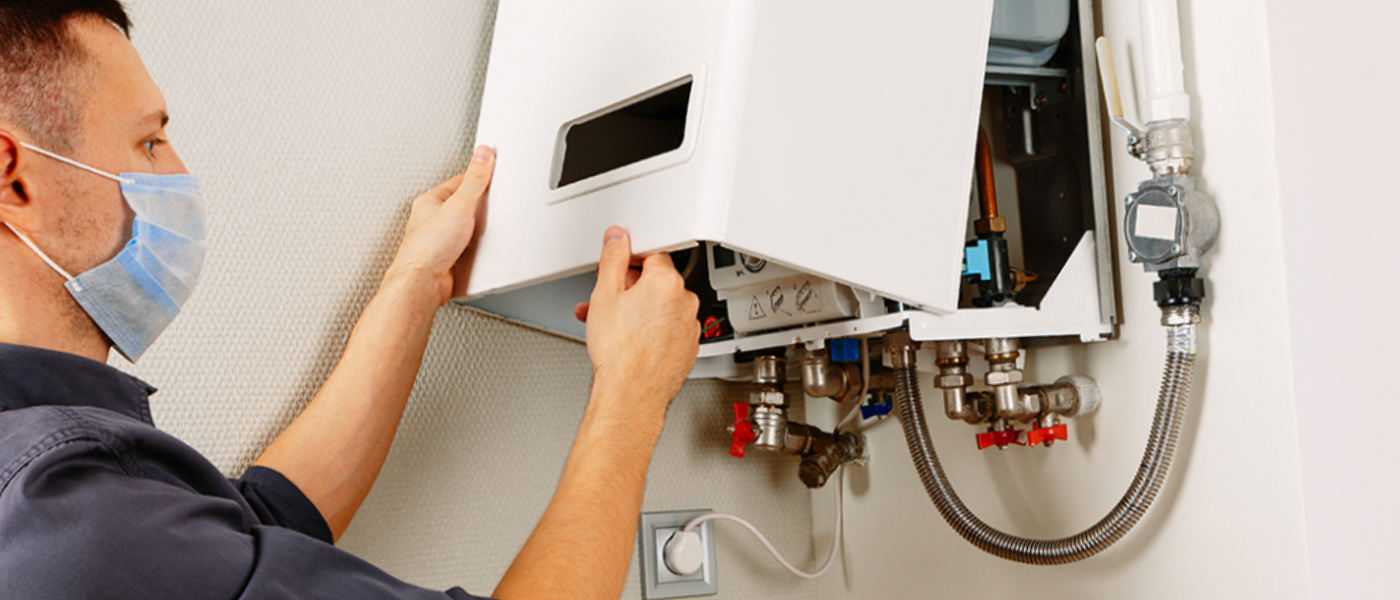
Since the company was founded in 1935, Glow-worm has been at the forefront of developing new and creative heating solutions in the United Kingdom. During this period, they have manufactured heating and energy products of the highest possible quality.
Reviews regarding Glow-worm boilers have typically been very positive. Glow-worm has over 5,000 reviews on Trustpilot, earning an average rating of 4.7 stars out of 5. A staggering 96% of their reviews are rated higher than average, offering further evidence that their customers are pleased with the operation of their boilers.
However, their boilers are known to experience some common issues. You need to be familiar with basic troubleshooting techniques, therefore, to fix any problems that might arise. This means that you can avoid having to immediately contact glow worm or your boiler installer.
Troubleshooting for Common Glow Worm Boiler Issues
A boiler’s typical lifespan ranges between 10 and 15 years, depending on its quality. It’s always possible, however, that you’ll run into problems with your boilers at some point throughout that time frame. With that in mind, here are some of the most common boiler problems and their respective fixes:
1. Why is My Boiler Not Heating Up?
One or more of the following could be to blame for your home’s lack of heating and hot water: insufficient water levels; problems with the thermostat; damaged diaphragms and airlocks; failed motorized valves; etc. These are just some of the possible causes.
Troubleshooting:
Check the boiler’s water pressure to make sure it isn’t too low. Next, check if the thermostat is set high enough to turn on the heat. If both of these tests are satisfactory, you may want to consider doing a boiler reset. However, A Gas Safe licensed engineer should be called when the unit is not heating or producing hot water after a few troubleshooting attempts.
2. Why Does My Glow-worm Boiler Keep Losing Pressure?
A sudden drop in boiler pressure could indicate a problem with the system, most typically a leak. For example, if your Glow-worm boiler’s pressure gauge reads anything less than 1 bar, you may have a problem with your central heating system.
Troubleshooting:
If the boiler pressure gradually drops, you can repressurize the system by following the procedures below:
- Turn off the boiler and let it cool down.
- Find the filling loop and attach it securely attached to your system.
- Open the valves of the filling loop to let the water into the heating system.
- Add water to the system until it reaches a pressure of about 1 bar.
- Return the valves to their original position to stop the flow of water.
- Release the filling loop.
- Tighten the valves if water is leaking continuously.
- Reinstall the boiler pipe end caps that you removed.
What pressure should a glow worm boiler be at? Glow-worm boilers are expected to work again if the pressure is restored to 1.5 bar or more. However, if you notice a sudden drop in pressure or a leak near the heating system, then turn off the water supply immediately and call a Gas Safe trained engineer.
3. Why Are There Noises Such as Gurgling, Pounding or Whistling?
If your boiler is making a strange noise then it’s important to figure out what’s wrong. Hearing weird noises could be caused by anything from the air in the system to low water pressure, or even kettling.
Gurgling noises may be caused by a buildup of air in the pipes or radiators. Whistling is a noise that is sometimes connected with limescale buildup and kettling, but it can also be indicative of air trapped in pipes or a decrease in pressure.
Troubleshooting:
If your central heating system is making a lot of noise, you may be able to fix the problem yourself by bleeding the radiator. However, before you start bleeding your radiators make sure to turn off your central heating.
- Let the boiler cool down for a few minutes. This is done to prevent accidents caused by exposure to hot water, which can cause serious injuries if you are not careful.
- Turn the bleed screw counter-clockwise with a bleed key. When holding the bleed key, you should wear protective gloves or a piece of cloth to avoid getting burned by the hot water. Be very careful and make sure to do it slowly.
- Use a cloth to catch any water that leaks as you listen for the hissing sound.
- The radiator is entirely bled when the air hissing ceases and the water flows steadily.
- Using a key, tighten the bleed screw until it’s secure.
- Wipe away any water that has collected on the radiator to prevent it from rusting.
- Repeat the process for your other radiators.
If the noise continues, you’ll need to enlist the help of a qualified gas engineer.
Think it’s time for a new boiler? Take our 60 second questionnaire to find out what boiler would be a good fit for your home
4. Frozen Condensate Pipe ( f28 Boiler Fault Glow Worm)
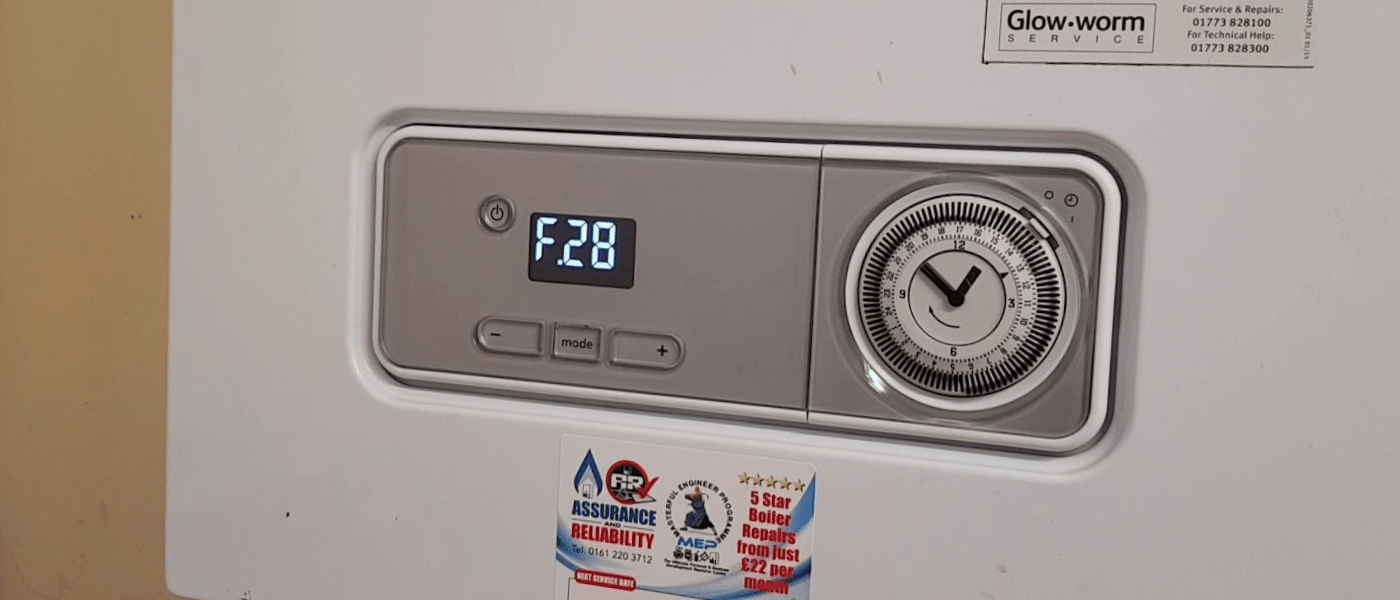
Waste gas produces acidic water, which is carried away from a condensing boiler via a condensate line. Unfortunately, condensate pipes are usually located outdoors, vulnerable to freezing temperatures throughout the winter.
Troubleshooting:
The Heating & Hotwater Industry Council (HHIC) suggests increasing a boiler’s temperature to keep the condensate pipe from freezing during the winter. However, frozen condensate pipes can be easily defrosted without the assistance of a professional heating specialist. If you follow the instructions below, then you should have no problem:
- Locate the clogged section of the pipe. Blockages are usually located on the bends or dips in the pipe.
- Wrap a warm towel, hot water bottle or heating pack around the frozen section of the pipe.
- Alternatively, use a watering can to pour hot water over the frozen area. Don’t use hot boiling water as this could melt the plastic pipe.
- Once the pipe has thawed, you may need to reset the boiler before it functions again.
5. Why is the Glow Worm Boiler Radiator Symbol Flashing?
This indicator light often blinks when the boiler reaches the desired temperature. This is because the burner has been turned off, but the water will continue to circulate through the radiators. This may occur more frequently in the summer when thermostatic valves shut off water to some radiators because the room has reached the desired temperature.
Troubleshooting:
Regular operation includes periodic flashing. However, you should double-check that the flow pipe is hot and that the flow temperature is adjusted to 70 degrees.
6. What is an F1 Fault on a Glow-worm Boiler?
The presence of any F1 error codes indicates that there may be a problem with the ignition system. An F1 fault code will be displayed on the boiler screen if the PCB cannot verify the ignition sequence. The ignition switch has failed (F1) and can be reset by pressing the button.
If the F1 fault code is shown then your boiler will not operate. However, the code does not provide any information regarding which specific stage of ignition did not take place. Defective Ignition Leads, Probes, Spark Electrodes, Blocked Condensate Pipes, Blocked Flue Pipes and PCBs are all issues that can cause an F1 error.
Troubleshooting:
If you push the reset button, you should be able to fix most F1 errors. Different models may have the reset button in another place, so consult the Manual if you need help finding it. However, if it occurs more often then it’s best to consult a licensed gas engineer to diagnose the problem.
How Do I Reset My Glow Worm Boiler?
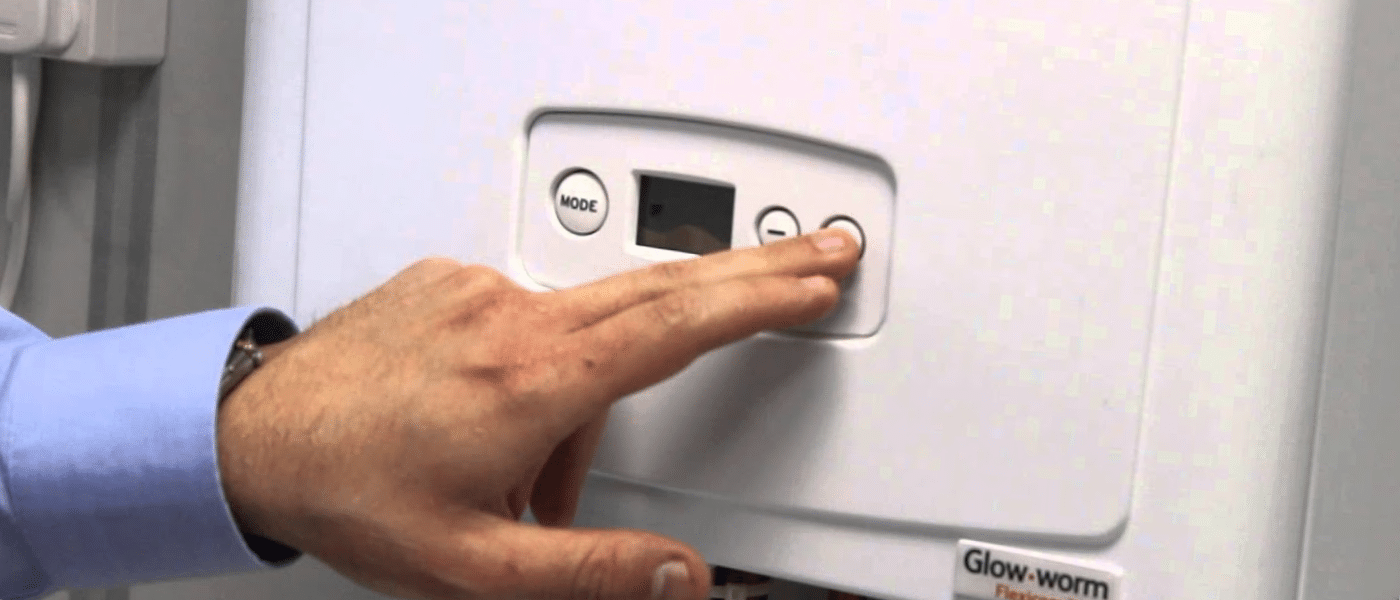
Do I need to press the reset button on my boiler? Yes, pushing the reset button will do the trick. Your boiler may need to be reset if it suddenly stops working properly or if it ceases to produce hot water. An error may be indicated by a flashing boiler light or an on-screen error message. In many cases, resetting a boiler to its factory settings is all that’s required to return it back to normal.
1. Read the Manual to Find the Rest Button
If you need to know where the reset button is located on your boiler, refer to the owner’s Manual. Detailed, model and manufacturer-specific instructions for resetting your device should be included within the Manual.
2. Push and Hold the Reset Button for 5-10 Seconds
Most devices require you to press the reset button and hold it down for 10 seconds. There could be a brief delay of two to three minutes before the boiler begins to heat the water. After that, the problem code should disappear and the blinking light should become stable.
3. Reset Should be Repeated Two to Three Times.
You will need to repeat Steps 1 and 2 if your boiler doesn’t restart. DO NOT keep pressing the reset button as doing so could potentially cause damage to the control panel, resulting in an expensive repair bill.
4. Consult an Expert
If the reset does not work then a gas engineer should be called in to diagnose the cause of the problem and fix it. Please don’t put off fixing your boiler’s issues because they will inevitably get worse.
A reset frequently fixes common issues, but not always. These errors may indicate a more serious problem with your boiler. It’s not a good idea to fix your boiler before the damage worsens. All the more reason to get to the bottom of any boiler problems ASAP!
Glow-worm Boiler Warranties
A warranty is an excellent way to ensure that your boiler will function without any problems. Glow-worm warranties typically cover a period ranging from two to seven years depending on the model. However, you can extend the warranty on specific models if you take advantage of the Glow-worm’s Club Energy Installers.
If the error message continues to appear, it’s strongly suggested that you contact your service provider to make arrangements for warranty repairs. They will send you licensed gas engineers who will identify the problems and make the necessary repairs at no additional cost.

